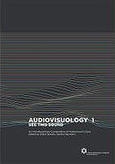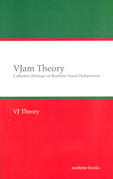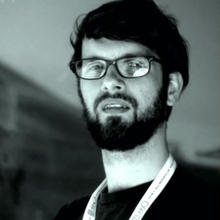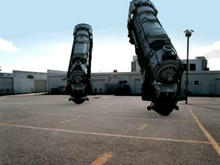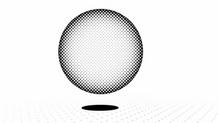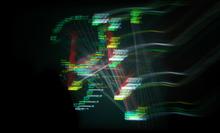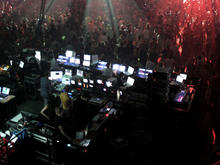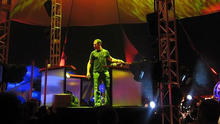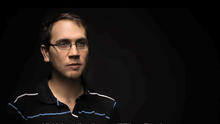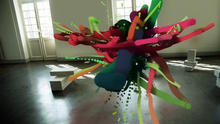Funkstörung: Dirt Empire
(2004)- From a vague anticipation of blurry haze in the beginning graphical patterns evolve into more and more concrete forms. In the course of the video by Mate Steinforth these shapes form parts of contemporary architecture.
The track Dirt Empire by Funkstörung somewhat breathes the air of 1960s psychedelic music and so the images in the video too quote the 60s psychedelic art. The buildings and houses zoom out to show a city's skyline. The tranformation from organic form to square shaped buildings symbolizes the distance to our origins in today's first world culture. Made of dirt are our cities, for we are the Dirt Empire.
Source: Mate Steinforth on Vimeo

